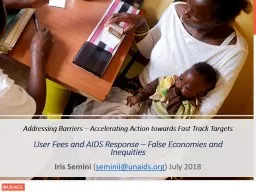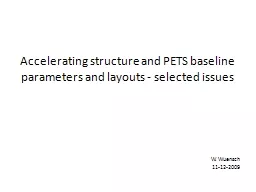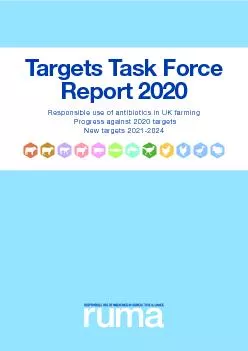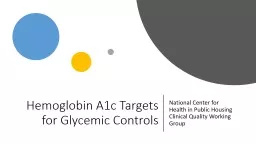PPT-Addressing Barriers – Accelerating Action towards Fast Track Targets
Author : accouther | Published Date : 2020-10-01
User Fees and AIDS Response False Economies and Inequities Iris Semini seminiiunaidsorg July 2018 1 AIDS related deaths the lowest in the century Little change
Presentation Embed Code
Download Presentation
Download Presentation The PPT/PDF document "Addressing Barriers – Accelerating Act..." is the property of its rightful owner. Permission is granted to download and print the materials on this website for personal, non-commercial use only, and to display it on your personal computer provided you do not modify the materials and that you retain all copyright notices contained in the materials. By downloading content from our website, you accept the terms of this agreement.
Addressing Barriers – Accelerating Action towards Fast Track Targets: Transcript
Download Rules Of Document
"Addressing Barriers – Accelerating Action towards Fast Track Targets"The content belongs to its owner. You may download and print it for personal use, without modification, and keep all copyright notices. By downloading, you agree to these terms.
Related Documents














